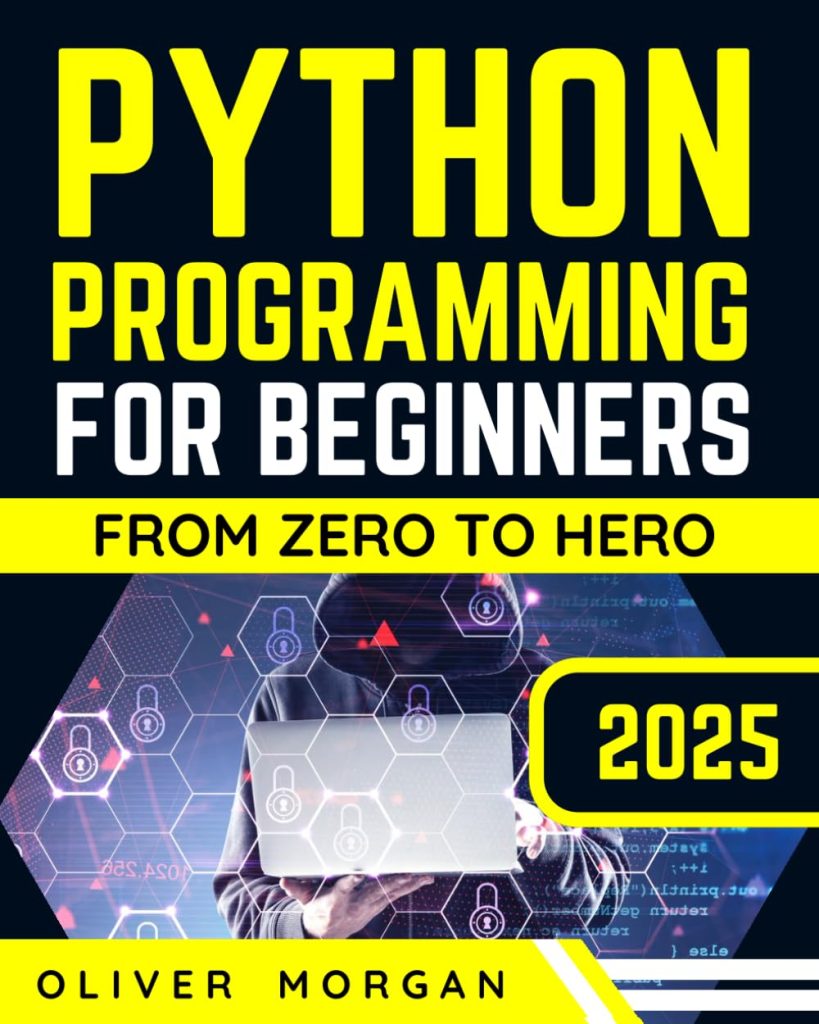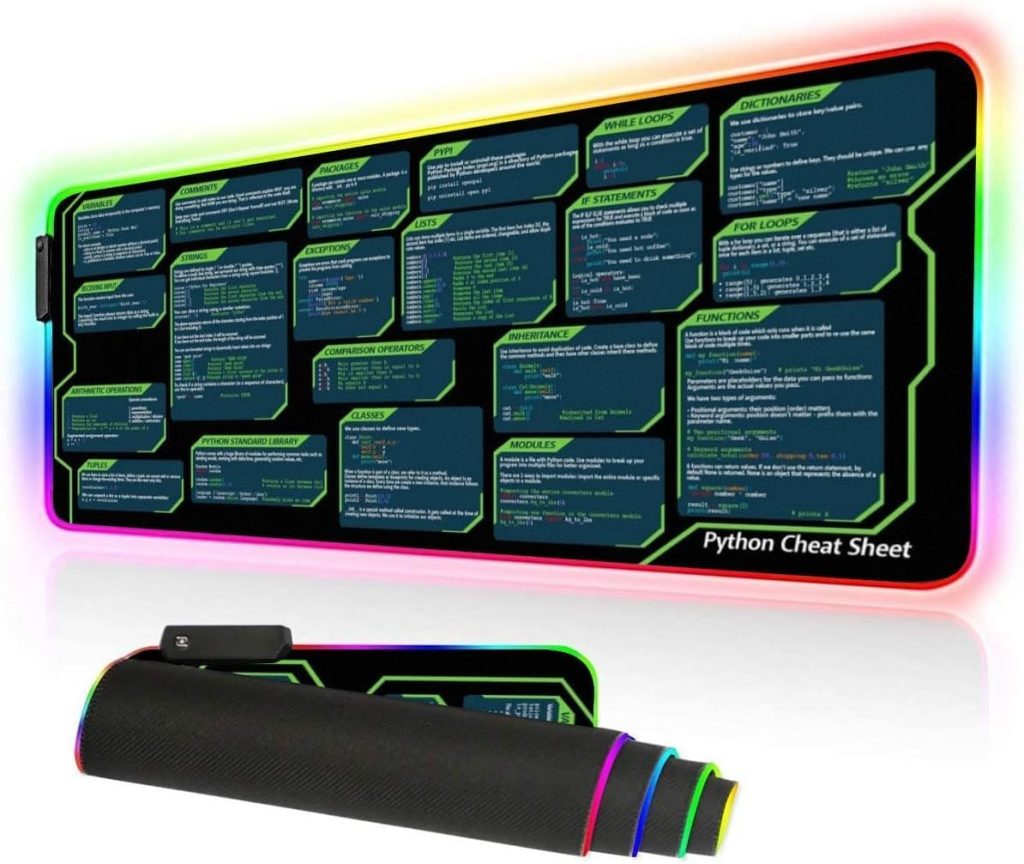
JSON (JavaScript Object Notation) is a lightweight data interchange format this is easy to read and write for humans and machines alike. Its structure is built on two primary data types: objects and arrays. Understanding these core components very important when working with JSON data in Python.
In JSON, data is represented using a key-value pair structure, similar to dictionaries in Python. An object begins and ends with curly braces ({}), while an array starts and ends with square brackets ([]). Here’s a breakdown of the JSON data structure:
- Encapsulated within curly braces. Each key is a string, followed by a colon and the corresponding value. Multiple key-value pairs are separated by commas.
- Ordered collections of values enclosed in square brackets. These values can be strings, numbers, objects, arrays, or booleans.
A simple example of JSON structure would be:
{
"name": "Luke Douglas",
"age": 30,
"is_student": false,
"courses": ["Math", "Science"],
"address": {
"street": "123 Main St",
"city": "Anytown",
"zip": "12345"
}
}
In the example above:
- The root element is an object.
- The key
"name"has a string value. - The key
"age"has a numeric value. - The key
"is_student"has a boolean value. - The key
"courses"maps to an array of strings. - The key
"address"maps to another object, showcasing how objects can be nested within other objects.
JSON values can be of various types including:
- Text values enclosed in double quotes.
- Integer or floating-point values.
- The values
trueorfalse. - Represents a null value with
null.
A notable aspect of JSON is its format being language-agnostic; it is widely supported across different programming languages, making it an ideal choice for data interchange between systems. Python’s built-in json module greatly simplifies the handling of JSON data, allowing for easy parsing and construction.
Parsing JSON in Python
Parsing JSON data in Python is a simpler process that leverages the built-in json module. To work with JSON in Python, you typically follow two main steps: convert the JSON string into a Python object (often a dictionary) and then work with that object as needed.
The first step is to import the json module. After importing, you can parse a JSON string using the json.loads() method, which converts a JSON-formatted string into a corresponding Python object.
Here is an example:
import json
# Sample JSON string
json_string = '''
{
"name": "Alex Stein",
"age": 30,
"is_student": false,
"courses": ["Math", "Science"],
"address": {
"street": "123 Main St",
"city": "Anytown",
"zip": "12345"
}
}
'''
# Parse the JSON string
data = json.loads(json_string)
# Accessing data in the parsed object
print(data['name']) # Output: Mitch Carter
print(data['age']) # Output: 30
print(data['courses']) # Output: ['Math', 'Science']
In this code:
- The JSON string is defined using triple quotes to allow for a multi-line string.
- The
json.loads()function is called to parse the JSON string into a Python dictionary nameddata. - You can then access values in the resulting dictionary using keys.
It’s also possible to parse JSON data from a file. To do this, you would use the json.load() function, which reads the JSON data directly from a file object. Here’s how it works:
# Assume we have a JSON file named 'data.json'
with open('data.json', 'r') as file:
data_from_file = json.load(file)
# Accessing data from the file
print(data_from_file['name'])
In this snippet:
- The
open()function is used to open the JSON file in read mode. - The
json.load()function reads the JSON data from the file and converts it into a Python dictionary. - As before, you can access data using standard dictionary syntax.
Overall, parsing JSON in Python is efficient and user-friendly, thanks to the json module. This allows developers to focus more on data manipulation and less on the intricacies of data format conversion.
Writing JSON Data with Python
Writing JSON data with Python involves converting Python objects into JSON format, which is essential for data interchange or saving configuration settings, among other use cases. Python’s built-in json module enables simpler serialization of Python data structures such as dictionaries and lists into valid JSON strings.
The main function used for this process is json.dumps()</, which stands for “dump string”. It takes a Python object and returns a JSON-formatted string. Additionally, the json.dump() method is employed to write JSON data directly to a file. Below, we will elaborate on both methods with relevant code examples.
Here’s a basic example using json.dumps():
import json
# Create a Python dictionary
data = {
"name": "Jane Doe",
"age": 25,
"is_student": True,
"courses": ["History", "Art"],
"address": {
"street": "456 Elm St",
"city": "Sometown",
"zip": "67890"
}
}
# Convert the Python dictionary to a JSON string
json_string = json.dumps(data, indent=4)
# Output the JSON string
print(json_string)
In this code:
- The Python dictionary named
datais created, which contains various data types. - The
json.dumps()function is called, convertingdatainto a JSON string. Theindent=4parameter is optional and is used to format the JSON string with indentation for better readability. - The resulting JSON string is printed to the console.
Next, let’s see how to write JSON data to a file using json.dump():
# Write JSON data to a file
with open('output.json', 'w') as json_file:
json.dump(data, json_file, indent=4)
In this example:
- The
open()function is used to create (or overwrite) a file namedoutput.jsonin write mode. - The
json.dump()function writes thedatadictionary directly into the file in JSON format. Just likedumps(), you can use theindent=4parameter for pretty printing.
When writing JSON data, it’s essential to ensure the data types in your Python objects are compatible with JSON. For instance, JSON does not support Python-specific data types like tuples; they must be converted to lists beforehand. Also, ensure that all dictionary keys are strings; otherwise, a TypeError will be raised.
Overall, the json module in Python provides an efficient means to write JSON data, making the process simple and easy to integrate into various applications.
Advanced JSON Manipulation Techniques
Writing JSON data with Python involves converting Python objects into JSON format, which is essential for data interchange or saving configuration settings, among other use cases. Python’s built-in json module enables simpler serialization of Python data structures such as dictionaries and lists into valid JSON strings.
The main function used for this process is json.dumps(), which stands for “dump string”. This function takes a Python object and converts it into a JSON string representation. Here’s how to use it:
import json
# Sample Python dictionary
data = {
"name": "Neil Hamilton",
"age": 30,
"is_student": False,
"courses": ["Math", "Science"],
"address": {
"street": "123 Main St",
"city": "Anytown",
"zip": "12345"
}
}
# Convert the dictionary to a JSON string
json_string = json.dumps(data)
# Print the JSON string
print(json_string)
In the above code:
- A sample Python dictionary is defined with various data types.
- The
json.dumps()function converts the dictionarydatainto a JSON string. - The resulting JSON string is printed, which can be utilized for further processing or storage.
When you want to write JSON data directly to a file, you can use the json.dump() function. This function works similarly to json.dumps(), but it writes the JSON data into a file instead of returning it as a string:
# Writing JSON data to a file
with open('data.json', 'w') as file:
json.dump(data, file)
In this example:
- The
open()function is used to open a file nameddata.jsonin write mode. - The
json.dump()function writes the JSON representation ofdatato the specified file.
Another important aspect of writing JSON data is ensuring that the output is formatted in a human-readable way. You can achieve this using the indent parameter of the json.dumps() or json.dump() function. This parameter specifies the number of spaces to use for indentation:
# Convert the dictionary to a JSON string with pretty print json_string_pretty = json.dumps(data, indent=4) # Print the formatted JSON string print(json_string_pretty)
When using the indent parameter:
- The output JSON string will have an indentation of four spaces, which improves readability.
- That is particularly useful for debugging or when sharing JSON data with others.
Overall, writing JSON data in Python is as simpler as parsing it, thanks to the powerful functionality offered by the json module. With these methods, you can easily generate and save JSON data for various applications.
Common Challenges and Best Practices in JSON Handling
When working with JSON in Python, there are common challenges that developers may encounter, along with best practices that can help mitigate these issues. Understanding these challenges and adhering to best practices enhances the efficiency, reliability, and maintainability of your JSON handling code.
Common Challenges:
- JSON supports a limited set of data types. When converting complex Python objects (like custom classes) to JSON, you may encounter data types that are not directly serializable.
- JSON data is typically represented in UTF-8. If your data contains non-UTF-8 encoded characters, it can lead to encoding errors during serialization.
- Deeply nested JSON structures can be cumbersome to navigate and manipulate, making it difficult to access specific data points.
- Large JSON files can pose performance challenges, especially when it comes to parsing and memory usage. This is particularly pertinent in systems dealing with high-traffic requests.
Best Practices:
- Defining a JSON schema can help validate the structure of your JSON data, ensuring that it adheres to expected formats. This can help catch errors early in the development process.
- For Python objects that are not natively serializable to JSON, implement a custom serialization method. This can be done by subclassing the JSONEncoder class and overriding its
default()method.
import json
class CustomEncoder(json.JSONEncoder):
def default(self, obj):
if isinstance(obj, YourCustomClass):
return obj.some_property
return super().default(obj)
data = json.dumps(your_custom_object, cls=CustomEncoder)
By being aware of these challenges and adhering to the suggested best practices, developers can effectively manage JSON data in Python, leading to cleaner, more robust, and efficient code. This is particularly important in data-intensive applications or environments where data integrity and performance are crucial.






